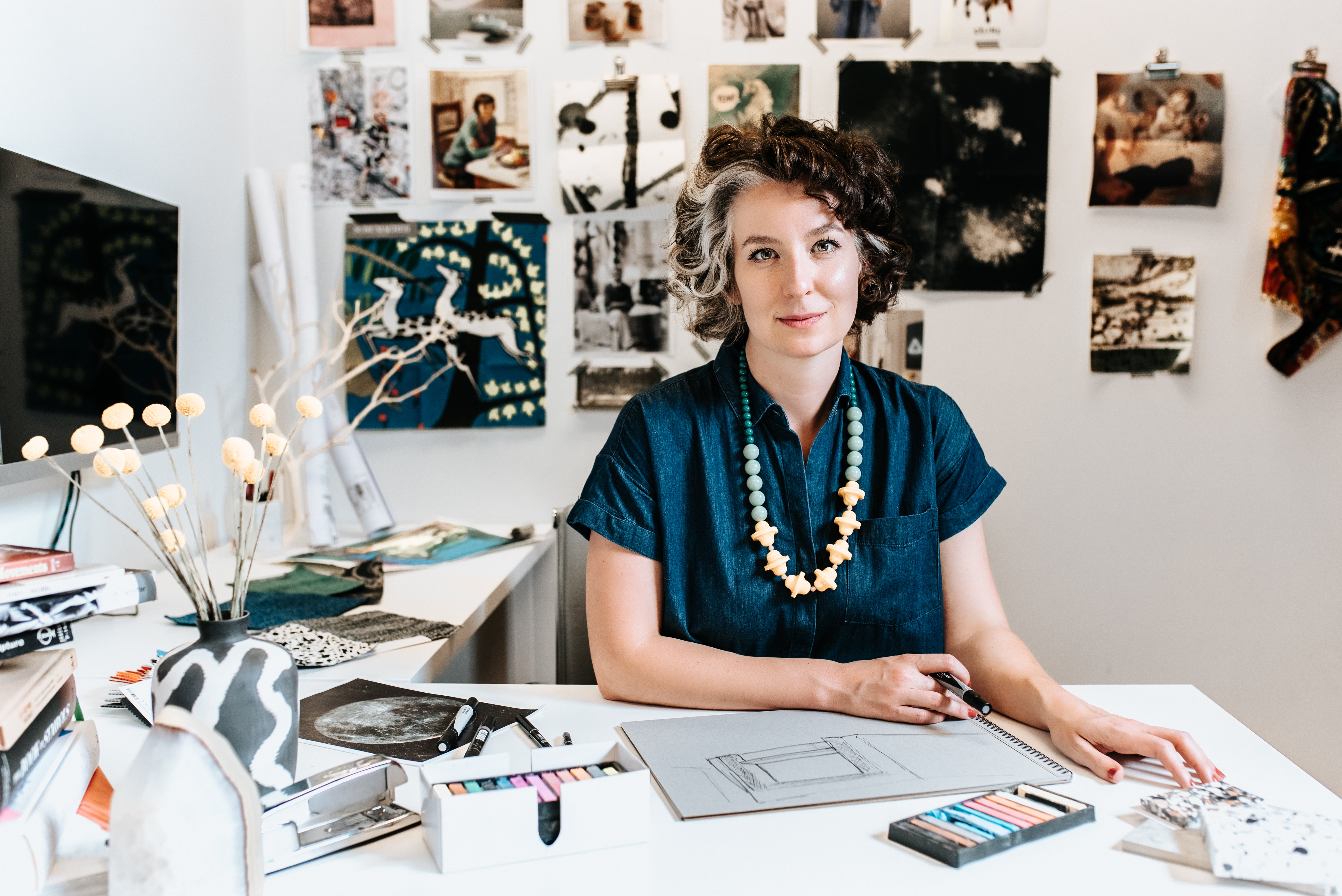The 50 States Project is a series of candid conversations with interior designers across the country about how they’ve built their businesses. This week, Boise, Idaho–based designer Jordan Yankovich tells us how a business coach helped her get honest with herself about hourly billing, how she has reframed the way she thinks about delegating, and why growth for her firm is all about client experience.
What was your path into the design industry?
In college, I changed my major like 42 times because I just didn’t know what I wanted to do. I remember telling a friend, “I want to major in creativity.” I was studying art, but I’m not a good artist—I’m not somebody who’s like, “Look, a still life!” There’s just such a difference between art and design, but I didn’t understand that or know how to turn it into a career.
I was of the generation where people were like, “Just get a degree—it doesn’t matter what it is.” We don’t really say that anymore, but that was a thing. I graduated with this general studies degree and a business minor, and I went to live abroad. My dad is from a little country called Montenegro, and I lived there with my aunt to get the feel for this other side of my family and my life. While I was there, I discovered design blogs. It was 2007—that was the age of design blogs, right? I remember thinking, Wait a minute: If I became an interior designer, I could move anywhere, because everywhere needs designers. When I came back to the States, I went to the Art Institute of Colorado and got a second bachelor’s in design.
Was it like starting over?
I was able to transfer a lot of credits—though I did find myself taking Spanish classes. It’s just one of those things where there are so few master’s programs for interior design, and I wasn’t sure they would give me a leg up in my career, so I decided on this short year-round program that I could complete in two and a half years. Of course when I graduated, it was the recession. I moved to Texas, where my family was living at the time, and I got a job selling Bassett furniture.
OK, so maybe that wasn’t your dream job.
It was not glamorous and not the design career that I envisioned—I was in Selma, Texas, waiting patiently for the next customer to walk in—but I learned so much working a sales floor and helping people find what they needed. You go to design school, and you have all of these wonderful ideas about how you’re going to change the world of design—then you find yourself selling brown leather recliners. But even then, I realized: I’m helping them with a problem. I’m at the root of design, solving a problem and providing a service. In that way, it was a good, immediate grounding, which I’m thankful for.
When they come into a furniture store, do people know what they need?
Sometimes. But I would say that often it was teasing out what they really wanted and needed. This is true today in the design firm, too—people may have an idea, but our job is to always dig deeper. What is the root here? What is the thing you really need?
How did you pivot to the next thing?
I was there for about nine months, then my family decided to move back to Idaho. I was born there—my dad had come to Idaho as an exchange student, he met my mom there and they had a family—and I moved back in 2012. I ended up getting two part-time jobs: one as a designer at a firm, and the other at an upholstery company. Then that part-time design job became full-time, and I crunched it pretty hard as a designer there for about four years before I went out on my own.
How did you know it was time?
I had reached a plateau. It was a small independent firm, and I had a ton of responsibility—I was interfacing with clients, and I had a lot of control over the product—but I had reached a place where none of my boxes were checked. I wasn’t happy with the money I was getting or the credit I was getting, and I didn’t have a say in how to run the firm. There’s nothing more frustrating than seeing something go wrong and not having the power fix it. That is the worst feeling, and that happened one too many times. I remember one situation where a $250 fix would have solved the problem, but my old boss wouldn’t do it. And from there, the problems spiraled. I remember the first mistake that I had to pay for once I went out on my own—the first dollar amount I had to eat—and while I don’t remember what that thing was, I do remember that it actually felt really good. It was like, Oh, I can solve this.
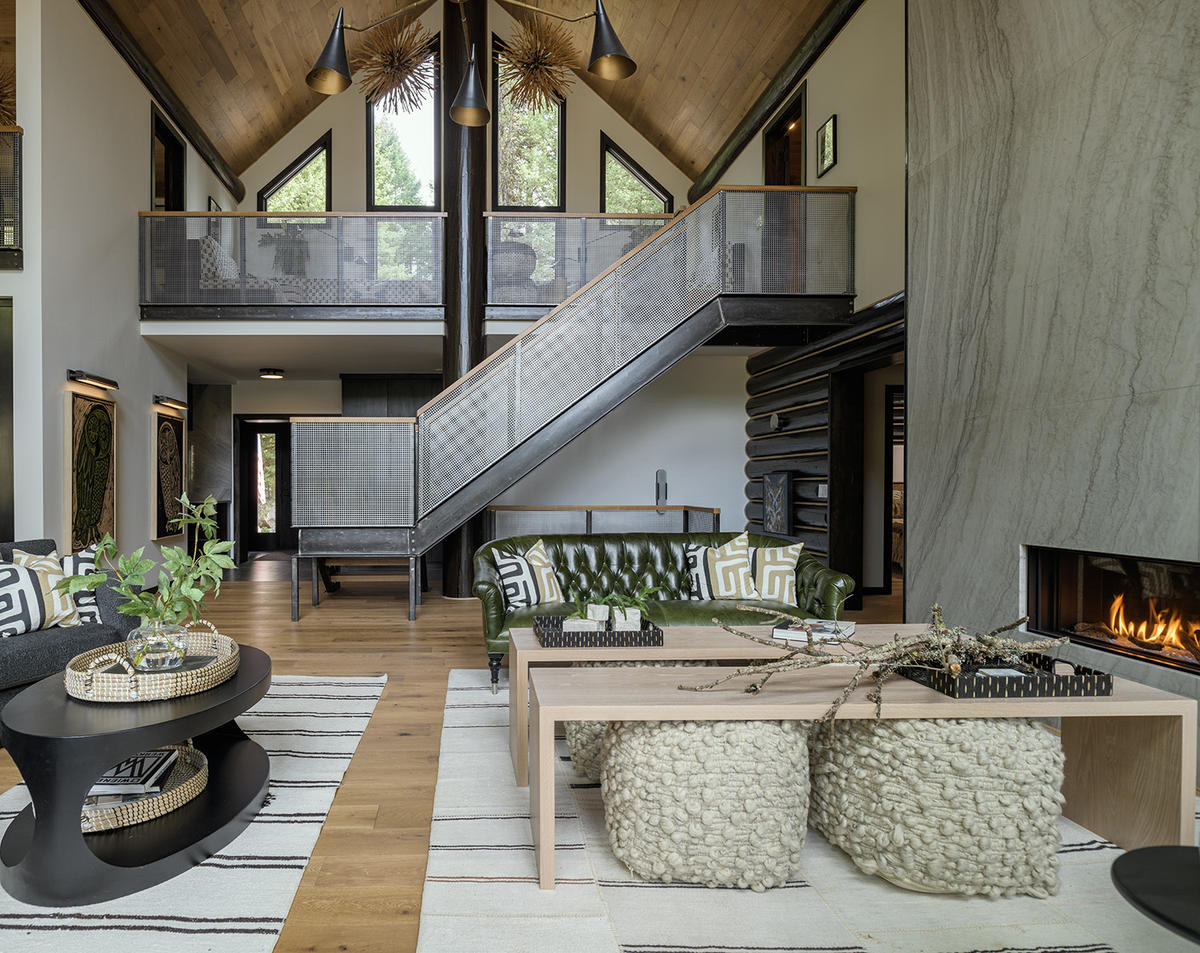
What did your firm look like in the early days?
It was just me. I had a nonsolicitation agreement, so I just went out under the radar and didn’t really spread the word, but it’s funny how quickly the word spread. I had people come out of the woodwork, calling me to say, “Hey, I heard you’re out on your own. I have a project.” It was former clients, builders, architects—just instantly, my phone was ringing. It was like, "Hey, we loved working with you. It’s so cool you’re on your own. We have a project, would you have time to meet?”
It was 2016, and it was perfect timing. Boise is continually on the list of top-growing cities, and I didn’t realize how many people had projects in the wings. It was great, and it gave me the confidence boost I needed. I had a very important client at the time tell me, “You’re the best designer I’ve ever worked with.” Having somebody who was very experienced with building and construction tell me that was what I needed to hear. It was like, OK, I can do this.
When you set up your business, how much did you pull from what you had seen before and how much did you want to chart your own path in the way you set the business up?
I regret that I didn’t plan for more structure. It wasn’t hedging, I just didn’t mentally prepare myself to grow—to do the bigger projects and hire the way we did. I had some decent structure in terms of how to organize and run a project. I knew that inside and out. And on the business side, I had used Studio Designer at the previous firm, so I jumped back in there. But I don’t feel like I did a very good job of preparing the railway for the train.
What would that have required?
Everyone always says to hire a bookkeeper and an accountant. And I completely echo that, just because that’s not my gift: Hire someone to understand your money-in money-out, how that’s tracked, and to keep your records instead of just having piles of checks and receipts. And I think you have to really nail down the services you offer, and how you expect other team members to fit in. Now, obviously I would’ve never expected the business to be where it is now, but at least start with something—make enough of a plan that you have something to edit down the road instead of starting from scratch.
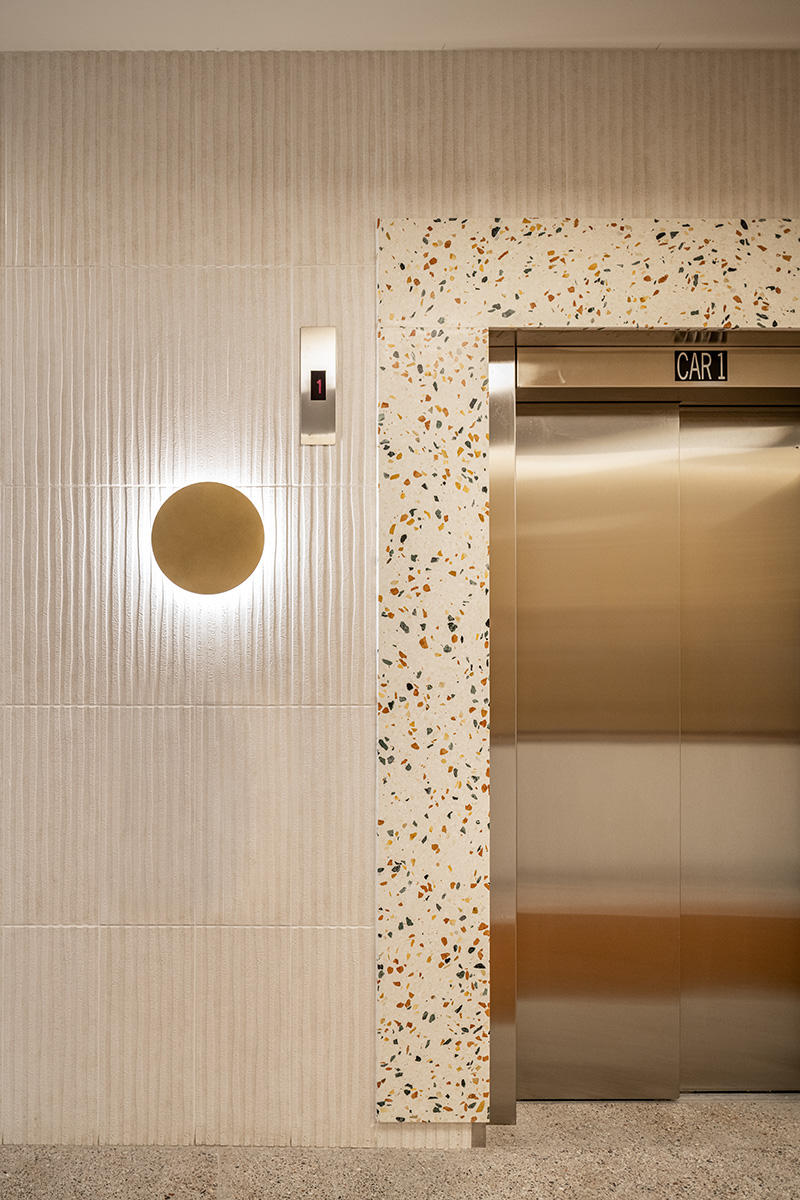
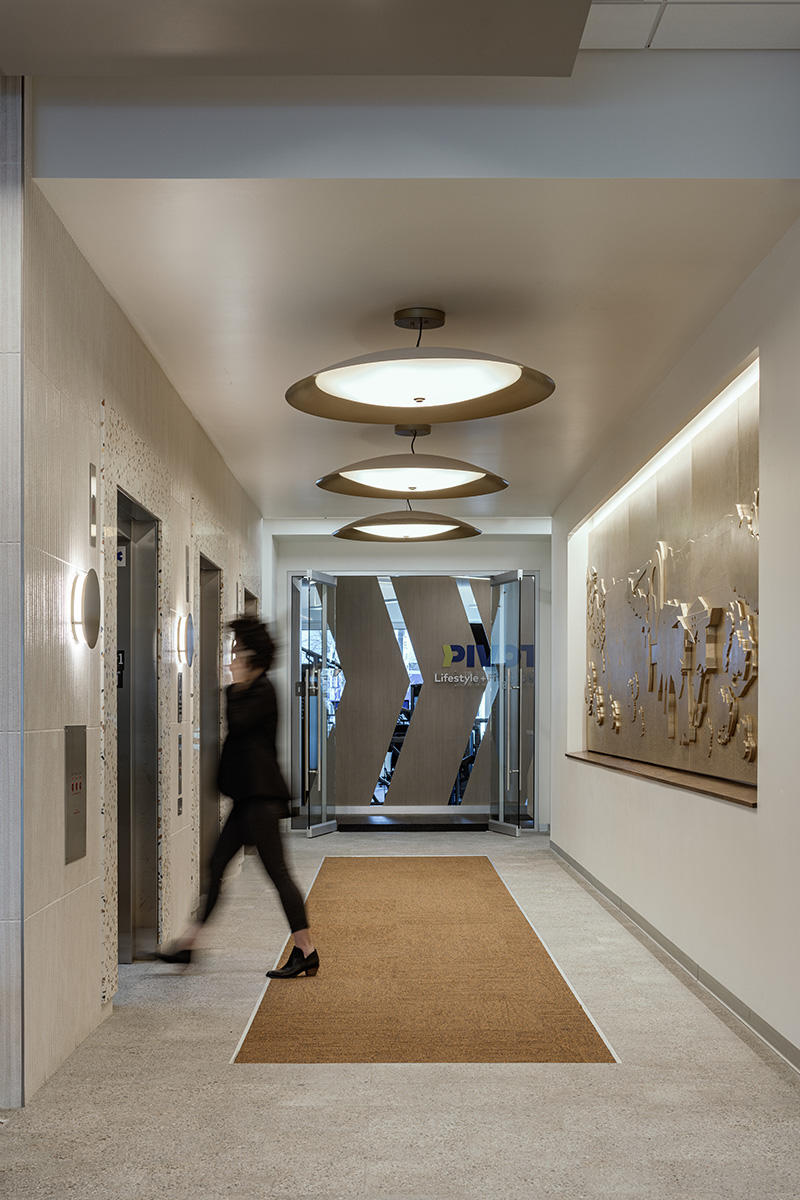
How quickly did you need to hire?
I think it was within the first year, and it was somebody I had known in the industry locally. She had recently left another firm and was dabbling in furniture design with her husband, who’s also a designer. At first, I was like, “I don’t know how this is going to work, it might be just a few hours.” She was a little bit tentative, too. There was a lot of dancing around each other—then we started working together, and it was instantly, “Can you be here 20 hours a week? Can you be here 32 hours a week? Oh, can you be here 40 hours?” And she’s actually still with me today, which is awesome.
Growth happened pretty quickly after that, right?
It did. And growth for us isn’t necessarily that big. We have three designers, plus myself—two of us are full-time and two are part-time. We have one procurement person, one dedicated purchasing coordinator, and I just made an offer to someone for a studio manager operations role.
What would that role entail?
It’s a very long list—it’s literally two pages long—just because there are so many things to do in a small firm. It’s helping me run the studio aspect of things, like making us more efficient on projects, time tracking and project management. We track our time, but we are not doing the analysis.
My vision of where I want to take the company is centered on an increasingly better experience for clients, so I also want this person to take us to the next level there. How can we make the process better? How can we make the communication clearer? I have so many ideas floating around in my head that have never been executed, so that will be one of this person’s priorities.
There are only so many hours in the day to make those ideas happen.
Exactly, exactly. I’m the person that’s like, “And this is important, and this is important, and this is important.” It’s all important. But at the end of the day, I’ve learned my priorities are taking care of clients’ projects, taking care of my team and taking care of the business. There’s no other way around it—those have to be my priorities. And so I need somebody to help with number three.
Totally. When you look ahead at the future of the firm, what does growth look like to you?
I’ve been noodling with that a lot lately, because I always assumed growth meant more people, but more people means more complexity. I mean, we have lovely people, but it just increases the complexity.
I want to stay small, and I’m learning that the number of people does not actually equate to growth. The growth that I want needs to be in terms of, again, that client experience—really being able to make this incredible service business from beginning to end, whether it’s residential or commercial. I’m working toward having our own gallery space, because so much of our work is about feelings of love, where we’re showing clients things that they love, and that they’ve never seen before. It’s the novelty of seeing and touching things that they’re not going to find anywhere else. Whether or not that has an open-to-the-public aspect—I don’t think so. I think it’s more of a showroom for our clients. So I’m working toward that and focusing on increasing that hospitality experience for clients.
There are certain technological things we’ve all become used to: We can all track a package and see where it’s at, right? This isn’t something that clients have asked for, but I would love to be able to send them an at-a-glance summary with their monthly invoice—something that says, “Here’s where we’re at with this project, and here’s what’s coming up.” It’s so simple. I did it in the early days, but it became a barrier to getting bills out, so I had to give it up. But I feel like I would want that if I were the client, so I want to give people that.
It’s all information you have—but I’d imagine it’s a lot of work to package it in a way that makes sense to a client.
Bingo. It’s one of those things where you have all the bits of information and it’s there, but just to put it together and synthesize it is a feat.
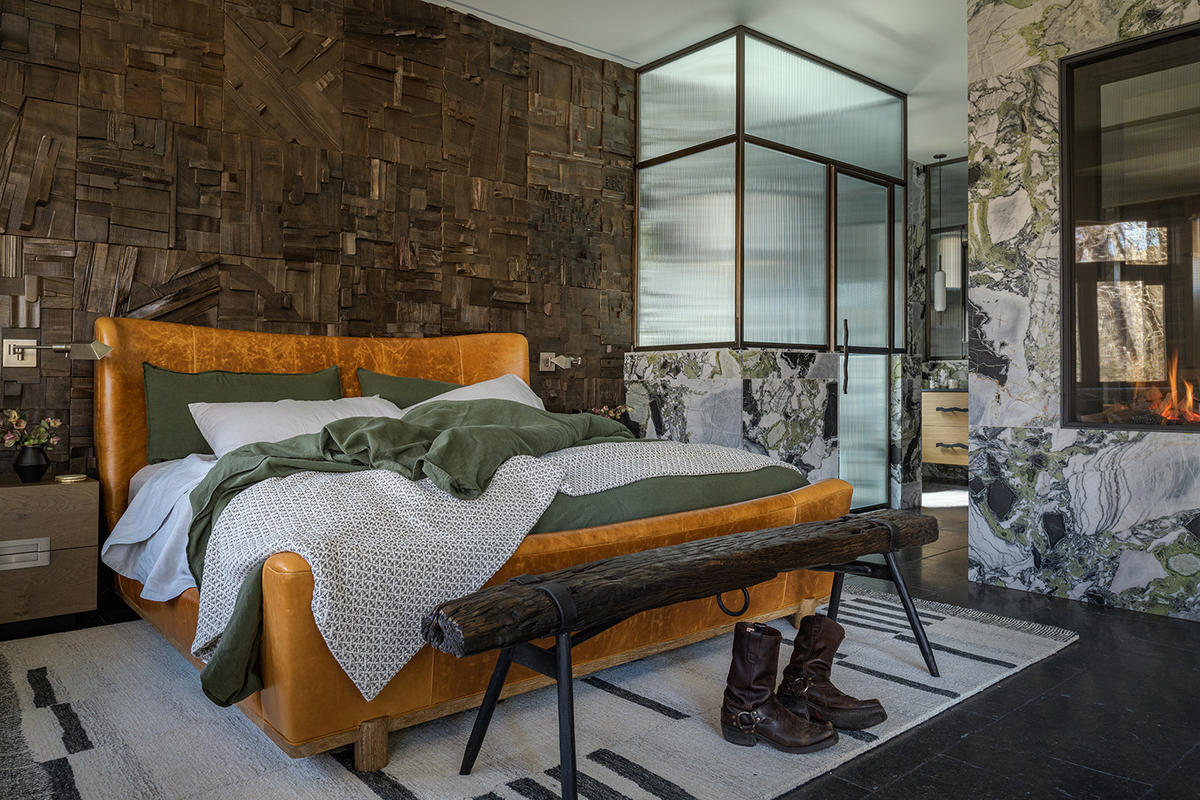
How many projects are you typically working on at a given moment right now? What’s the right number?
It’s always too many. Right now we’ve got 32 active projects, and it’s a lot. We’re all having these conversations about how projects just can’t end because of random delays, like sofas sitting at a distribution center for five weeks. That actually happened to us.
And then some of them are smaller in scope. We do tenant improvements for one of our big clients, so they’re smaller scale, it all has a cost. It all takes time.
How have you approached the billing piece?
We’ve moved to hourly for most everything. There are some little exceptions, like those tenant improvements, but I’m going to give a customized scope of work with an estimate of hours for any new project coming in the door. It’s a pain in the butt, and I realize nobody wants these long invoices, but we just kept losing our hat on a fixed fee.
Did making the switch make an immediate impact on your bottom line?
I’m an optimist and a people pleaser—so even on hourly, I was cutting hours from bills. Then I worked with a business coach who said, “I want you to run a report and see what you’re actually cutting.” And it was shocking. I found that I was cutting 25 percent of the hours for the whole year. That’s terrible business.
Can we talk about that impulse? Because I think everybody does it, to some extent. What were the things that would make you cut?
As a creative and as a visionary, I have a way that I want things to be. But I would also love for things not to take as much time as they do. In my head, I was like, Well, this shouldn’t take that long. But it does. For me, it was about learning to face reality, which is not my preset. I’m a people-pleasing Pisces who wants to make things the best and do things most efficiently for a client. But at the end of the day, it takes that amount of time.
When I was struggling with it initially, probably three years ago now, I told my coach, “I really feel like it shouldn’t take that long.” And she said to me, “So you’re lying.” And I was so upset—like, “I’m not lying!” But she said, “You’re lying—you’re lying to yourself, and you’re lying to your client about how long something takes. Is that who you want to be?” It was like, Ow. But also, no, it’s not.
Did you feel the difference when you changed your approach there?
I have. I still sometimes catch myself thinking, I need to take this off—and I still do it on occasion, but now I have to back it up. If I see that it took a really long time to do something, I’m thinking, OK, but that was also on me for not setting those expectations—let’s have a conversation. I’m a big responsibility person, so I’m like, What did I do along the way that got us here? Let’s trace it back, then we have to solve it. My new rule is that I can’t remove hours without action. Or if it was a client issue, I have to show them that I removed them. This just happened for the first time, where somebody was upset and I removed hours as an olive branch. But this time, I said, “Look, I’ve removed this,” instead of just removing it and not telling anyone.

As your team has grown and you have more designers working with you, how has your role changed?
This is a source of continual learning because, like so many designers, I was always used to being the worker. I had no problem with that when I was working for somebody else—even if it was a 15-hour day, it didn’t bother me, because that’s my way of always providing value. But I have learned that you can’t do that—and, more than that, it’s also not fair to your team who wants to help, because they want to do things.
There have been many times where my team has had to say, “We need you to give us something. Stop taking things back.” Or I would give them a part, then it would come back to me and I’d be the hairball on the pipeline—nobody can move forward because I hadn’t finished touching my part. I had to reframe delegating as, This is me showing people that I trust them.
That’s so powerful and important.
The other thing I’ve realized about delegating is that if somebody brings you something that is not what you wanted, you didn’t communicate something. I’ve been trying to be more clear about what’s flexible and what’s not—when I expect them to just run with it or when I want things to look a certain way. Because how often are you like, “Oh, I don’t care—whatever you think is best,” then it comes back and you’re like, “Oh, actually, I would have liked that formatted differently.” It turns out that you had an opinion all along.
What made you start working with a business coach?
I listen to every good podcast about design businesses, and everyone always says, "It’s worth it. It’s worth it. It’s worth it." And I don’t remember what the core issues I was working through at the time were—I think it was around marketing and visibility—but then we really got into the deep stuff that I didn’t expect and it was so good. I’ve worked with a couple, and there’s probably a next one, because you work through what people’s specialties are. I don’t know when I’m going to tackle that or what that next phase is, but it was so helpful each time to have somebody on the outside who works with a lot of designers who can say, “Guess what? You’re not a special snowflake. Everyone has these problems.”
That’s reassuring, right?
It is. It’s one of those lies we tell ourselves where it kind of makes us feel special. Like, Oh, I can’t write a process because my business is so different. No, you’re just saying you’re special because you don’t want to do it. But when you boil it down, we do have a workflow, we do have a reporting structure, we do have a process.
Going back to your project load: Where do clients see you throughout the process?
I’ve discovered that I’m very valuable at the beginning, then I hand off pieces throughout the middle, then I’m there at an execution. My most hands-on parts with clients are at the beginning and end—I’m setting things up, then other designers can run with the details, then I’m looping back in when things are being built and we’re solving problems in the field. When you’re doing a remodel and you realize that you can’t do this thing that you hoped you could with the wall, that’s when I’m at my strongest.
Are clients coming and saying they want you, or how do you set their expectation that this is going to be a team operation?
First of all, I always use we. That’s an important subtle thing, because even if it looks like me, it’s 100 percent a “we.” We’re a very low-ego operation around here, and that’s important to me. Everyone feels like it’s their project and our project—which is hard because the essence of design for so long has been about the ego of the architect or designer, the person out in front. But there are just so many people that go into designing and then building. We tell clients that people are contributing at different levels at different phases.
I think one thing I do need to do better is designating a different point of contact than myself. I’ve been in a little bit of denial about that, but I’m not happy with my response times to clients.

I want to talk a little bit about Idaho, and the fact that everyone is moving there.
Here’s the thing about Idaho: For the past, like, 30 years, people here have been complaining about people who are moving in from California. It’s been happening since I was a child here! When we moved back here in 2012, part of the reason was because of the opportunity. I realized that I could stay in Texas and be a small fish in a big pond, or I could move to Idaho and be a medium fish in a medium pond. You can have more impact—if I’m going to stick with this pond metaphor, your ripples are bigger. You can help shape the way that a boomtown grows, and that’s exciting.
Are your clients people who are moving in from other states, or are they people who have been there for a long time?
It’s definitely a mix, but I think our look—whether or not I feel like we have one—is more appealing to people who are from or have lived in other places. They’re looking around here thinking, Is Idaho where farmhouse comes to die? You look around here, and it’s just white houses with black roofs for miles. There are whole subdivisions of just that look popping up.
So your clients are the people who are like, I see this and I don’t want it.
They want something that’s unique and special to them. That’s kind of our jam. We’re 98 percent referral-based, and I think it’s because our clients like the way we work with them.
I will say I’m a big believer in a sense of place, and I just want to push back on the idea that the current style in Idaho—whatever era we’re living in—is a sense of place. No, it’s a trend. At best it’s a vernacular. But what are the things that actually make living in Idaho a special thing? I’ve spent a lot of time thinking about that. Some of it is programmatic, like really big mudrooms for people and all their gear. But also the connection to agriculture—we just finished up a really cool contemporary house where we included all of these little nods to agriculture and farmers, but we would never look at it and be like, “Farmhouse.”
How do you source right now?
We’re in the middle of nowhere. We don’t have a design center. We have one showroom that is run by a great gal—she’s had it for 20 years—and that’s where we get a lot of fabrics, because she’s got Kravet, S. Harris and all of those brands. We try to keep tabs on things in other ways—next week, we’re going to High Point, which is very exciting. It’s been a couple years since I’ve been, and I’m so pumped to take the team so that we can all sit on and feel what we’re specifying.
A lot of the time, we’re like, “Trust us, this is a comfortable sofa.” But there’s no way that a client can go sit on it, and that requires a lot of trust. It also requires a lot of knowledge on our end, so we try to bolster our resources. We also rely on road reps, both commercial and residential, who come to town and show us new product. And we also have to be really resourceful here, so we make a lot of custom upholstery, metalwork and woodwork. There’s a lot of talent here.
Is it easier to get a client comfortable with custom than order the sofa you can’t sit on?
Not really. Either way, we have to do a really good job building that trust. I’ve only had one client who was like, “I have to see things.” So we flew to San Francisco and visited the design center there. Mostly, we talk through, and we try to educate them. Because people come in and say, “I want a comfortable sofa.” OK, but we need to talk about what “comfortable” means. Let’s talk about how long your legs are from your knees to your butt. Let’s talk about if you like a firm seat or a soft seat. Let’s break this down.
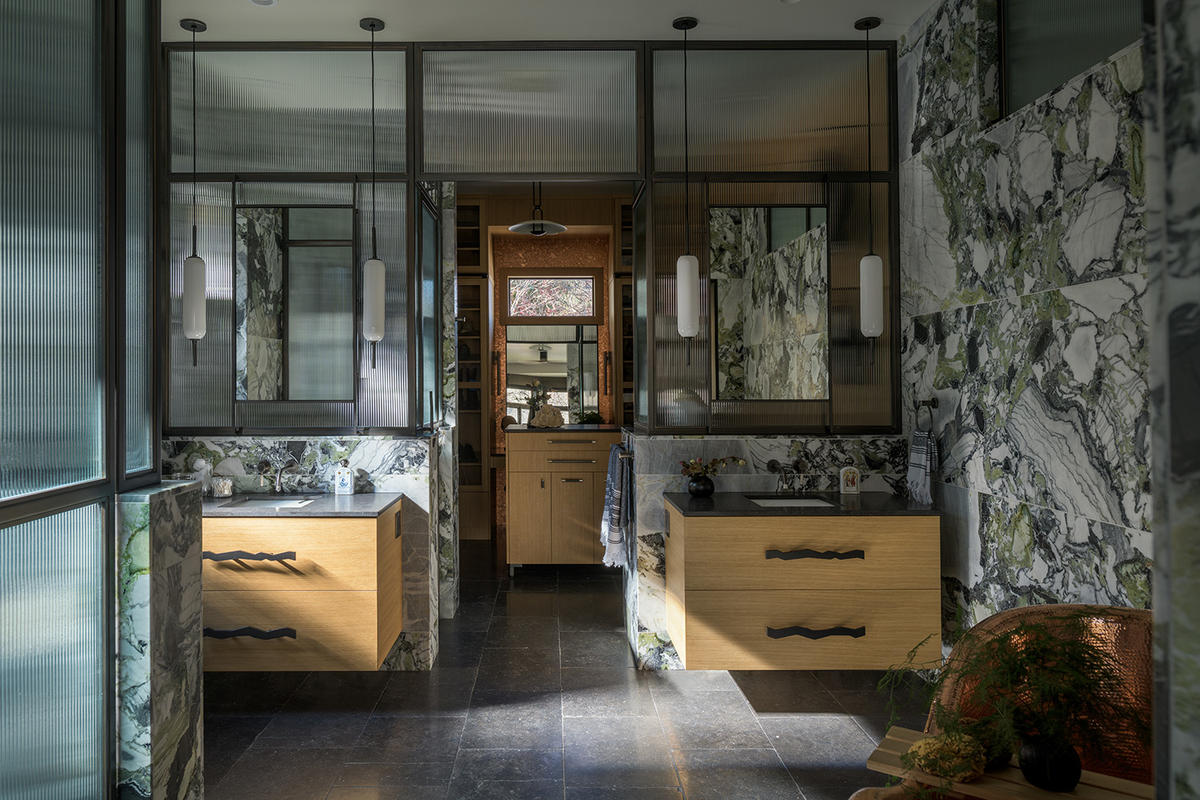
When you are looking at your business now, what is the biggest thing you know now that you wish you knew at the beginning?
I would say plan the dream business. Go ahead, set that pie-in-the-sky goal and work backward to it, then chip away at the steps. I’ve realized indecision about that goal is a decision, and if you’re just going to be pushed by the prevailing winds, you’re going to have a business you don’t want. I don’t feel like I did that, but I feel like I lost momentum by not allowing myself to set those goals early on. I let in too many things because I thought it might be interesting. Sometimes just trying things is good—I believe you can learn something from anything—but I wish that I did set some goals to work backward from bigger ones.
How do you decide what you say yes to today?
This is a continual issue for me. When I talk to a potential client and I hear their problems, my heart lights up and I’m like, “I can help you with that! Let me do that for you.” And then I get back and I realize: We don’t have time for this job, or we don’t have the manpower, or maybe it isn’t a great fit. The big reframing for me is: Are you helping them if you’re not actually able to help them? The answer is no. If you can’t give them the time and attention they deserve, you’re hurting them.
I actually recently made a spreadsheet for client fit. I haven’t employed it yet, but it’s kind of like a ranking thing where I can put in information—a lot of it’s guessing things like the level of involvement that they want—but I’m trying to get to something a little bit more empirical so that I can look at it and know, “This is not a great fit.” You’ve got the gut feeling, but I can talk myself out of the gut feeling sometimes.
What did you give more weight to, or what are you trying to quantify?
I did the exercise by thinking, What are the best projects for us? What are the projects that bring us the most satisfaction and that are profitable? We’ve learned along the way that clients who are engaged but not wanting to do any of the process are ideal for us. If a client wants to go look at tile and showrooms by themselves, that’s not a good fit. It’s that sweet spot of people who know what they like and don’t like; who have a life history and a story to tell; and maybe they’ve even done this kind of work before, and know that they don’t want to do any of it themselves. So I ranked for that.
We’ve had so many clients say to us, “I’m going to die in this house. This is the last one.” That’s a cool niche. I’ve learned that if resale is somebody’s priority, or one of their top priorities, we’re not for them. We’re going to design their dream home, and nobody else wants to buy your dream.
To learn more about Jordan Yankovich, visit her website or find her on Instagram.
















